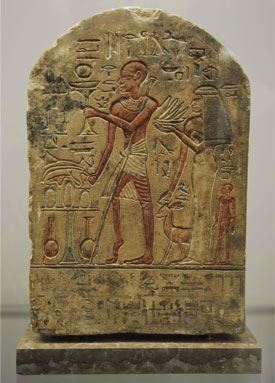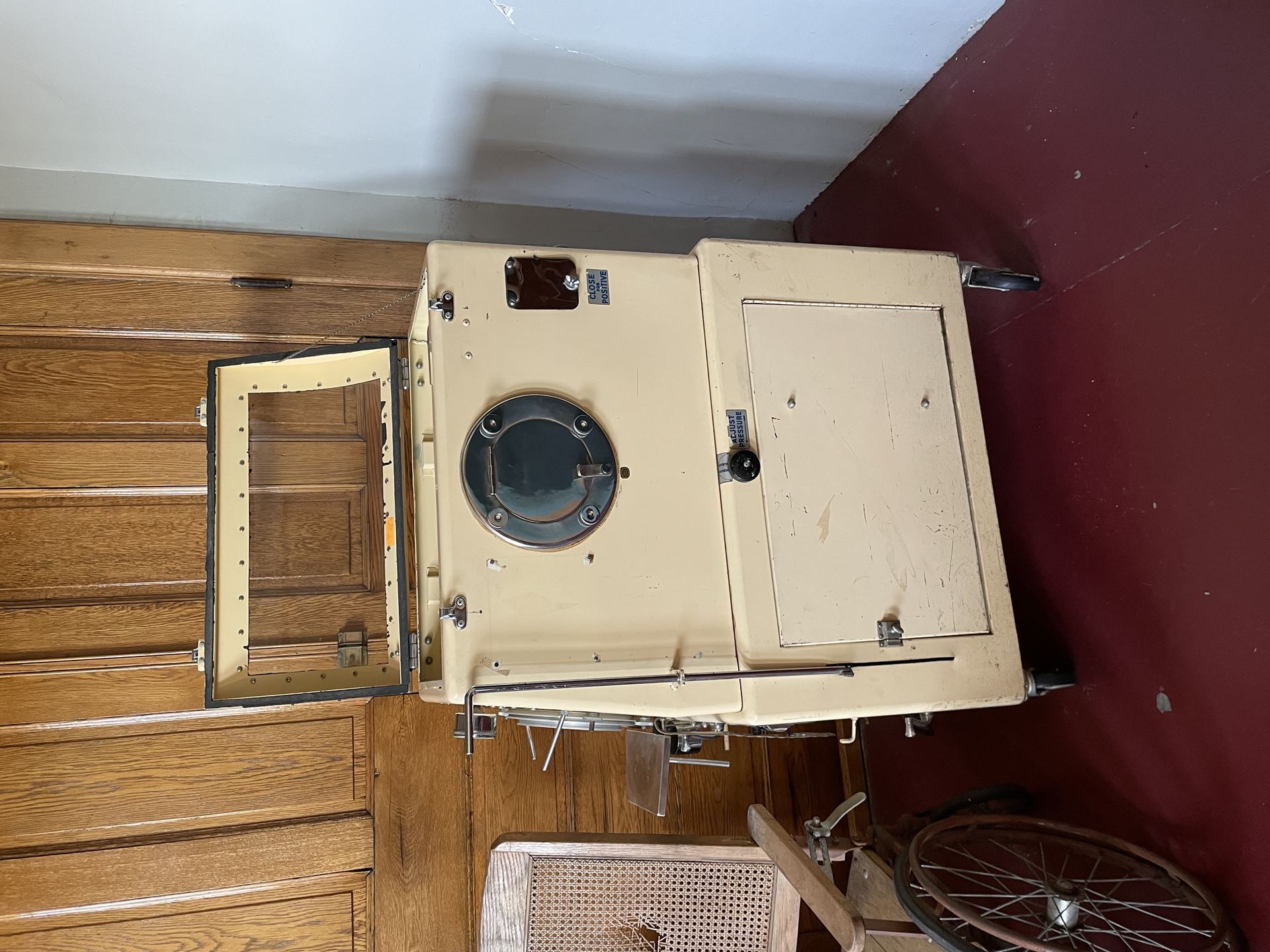by Luke Skulski, IMHM Graduate Intern
Poliomyelitis, or polio for short, is perhaps the most well-known disease of the early 20th century and was certainly one of the most feared. Poliomyelitis is a disease caused by the poliovirus, which is highly contagious and can spread easily from person to person, especially through contaminated hands and body fluids. Those infected with the virus often do not become sick, but for those who do become sick, the effects can be devastating. Patients experience severe cold and flu-like symptoms and may feel extraordinary pain in the limbs. Often, they recover with some form of paralysis. Polio can be traced back thousands of years, even being documented in ancient Egypt, but the disease did not reach epidemic levels until the late 19th century. It is during the 19th and 20th century, that polio captured the public’s attention as it terrorized the world.
contaminated hands and body fluids. Those infected with the virus often do not become sick, but for those who do become sick, the effects can be devastating. Patients experience severe cold and flu-like symptoms and may feel extraordinary pain in the limbs. Often, they recover with some form of paralysis. Polio can be traced back thousands of years, even being documented in ancient Egypt, but the disease did not reach epidemic levels until the late 19th century. It is during the 19th and 20th century, that polio captured the public’s attention as it terrorized the world.
(Image: unknown artist; Stele of Roma the Doorkeeper,1403-1365 BCE; limestone, paint; from the collection of the Ny Carlsberg Glyptotek Museum; https://www.tuftsmedicalcenter.org/neurology-illustrated/spinal-cord/ancient-illness)
Polio struck without warning and did not discriminate between rich or poor. During its peak in the 40s and 50s, polio paralyzed or killed about half a million people each year. For this reason, it became greatly feared by Americans in the 19th and 20th centuries when it began to reach epidemic levels. Polio confounded doctors at the time who had few options to treat polio and no cure available to them. More terrifyingly, polio disproportionately affected children, leading to its alternative name “infantile paralysis”. Because of this, parents often lived in fear of their children becoming infected, often haunted by the imagery of the disease such as leg braces, wheelchairs, and iron lungs.
Iron Lung
 The dreaded iron lung is perhaps one of the most famous symbols of polio in the 20th century. Invented by Phillip Drinker and Louise Shaw in 1927, iron lungs are a type of respirator that uses air pressure and vacuum chambers to force the lungs to breathe. Polio can cause paralysis of the diaphragm, which prevents the chest from rising and the lungs from inflating. Iron lungs were designed to assist people with such paralysis by using vacuums and air pressure to force air in and out of the lungs. The amount of time an individual had to spend in an iron lung depended completely on the severity of the case. Some people had to spend hours each day in an iron lung, while some individuals remained trapped in them for the rest of their lives. It was finally thanks to the polio vaccine in the 1950s that iron lungs began to fall out of use, eventually being replaced entirely by respirators.
The dreaded iron lung is perhaps one of the most famous symbols of polio in the 20th century. Invented by Phillip Drinker and Louise Shaw in 1927, iron lungs are a type of respirator that uses air pressure and vacuum chambers to force the lungs to breathe. Polio can cause paralysis of the diaphragm, which prevents the chest from rising and the lungs from inflating. Iron lungs were designed to assist people with such paralysis by using vacuums and air pressure to force air in and out of the lungs. The amount of time an individual had to spend in an iron lung depended completely on the severity of the case. Some people had to spend hours each day in an iron lung, while some individuals remained trapped in them for the rest of their lives. It was finally thanks to the polio vaccine in the 1950s that iron lungs began to fall out of use, eventually being replaced entirely by respirators.
(Image: Pediatric Iron Lung, circa 1950; from the collection of the Indiana Medical History Museum; www.imhm.org)
Polio Vaccine
It was only thanks to the research of scientists such as Dr Jonas E. Salk, Dr. Albert Sabin, and countless others that the polio vaccine was able to be developed. Research into polio was funded by the combined efforts of government agencies, philanthropists, and through organizations such as The March of Dimes. Teams all around the world raced around the clock, trying to be the first to develop a polio vaccine. At long last, in 1955, Salk released his polio vaccine made with killed polio virus to the public. The 1960s would also see several other polio vaccines introduced, such as Sabin’s polio vaccine, made with a weakened or attenuated polio virus, released in 1961.The development of polio vaccines had a tremendous effect in helping combat the disease around the world. As vaccinations rose, cases began to drop drastically, being virtually eradicated in the US and in many developed countries.
Polio Today
There is currently an ongoing effort to eradicate the poliovirus completely. There are obstacles to overcome, even in countries where polio had previously been eliminated. Despite having been previously eradicated almost completely within much of the world, polio is beginning to make a small comeback in the United States and other developed countries. Vaccination numbers have been going down in some states, which has left a larger percentage of people now vulnerable. This vulnerability was made evident when poliovirus was recently found within New York’s water and sewage. This indicates that polio is spreading among the unvaccinated population in New York. Of course, paralysis resulting from contracting the polio virus is extremely rare, but that too is also now starting to happen as well, with one unvaccinated New Yorker in 2022 unfortunately becoming the first polio victim to suffer paralysis caused by polio in the US since 2013. While the threat to vaccinated individuals is very low, polio returning in the US poses a potentially deadly threat to those in the US who have not received the polio vaccine. Thankfully, there is hope. The World Health Organization continues the effort to make the vaccination available globally and doctors and health professionals within the US continue to advocate for vaccination. Through vaccination and through the work of organizations such as WHO, polio has the potential to be eradicated completely within our lifetime
Sources https://web.archive.org/web/20070929090612/http://www.immunize.cpha.ca/english/consumer/consrese/pdf/Polio.pdf
https://www.tuftsmedicalcenter.org/neurology-illustrated/spinal-cord/ancient-illness
https://www.mayoclinic.org/coronavirus-covid-19/history-disease-outbreaks-vaccine-timeline/polio
https://polioeradication.org/who-we-are/our-mission/
https://polioeradication.org/polio-today/history-of-polio/
https://www.cdc.gov/polio/what-is-polio/faq/index.htm
https://www.who.int/news-room/spotlight/history-of-vaccination/history-of-polio-vaccination
https://medicine.yale.edu/news-article/is-polio-making-a-comeback/
https://www.nydailynews.com/news/ny-polio-new-york-explainer-20220812-7hauuth5rneuljlgdchsnh2d7u-story.html